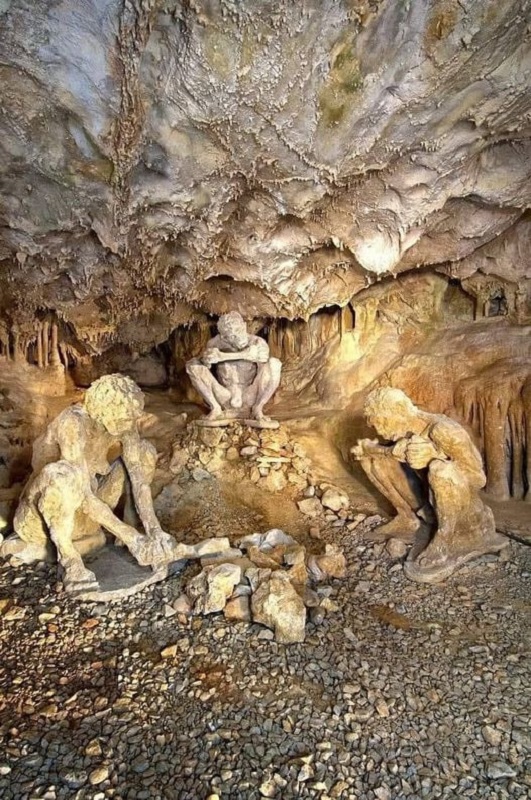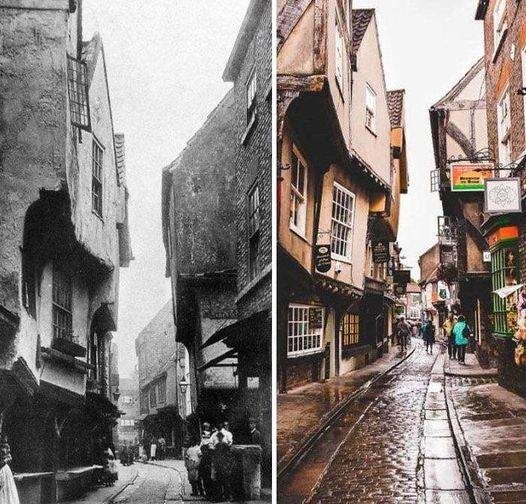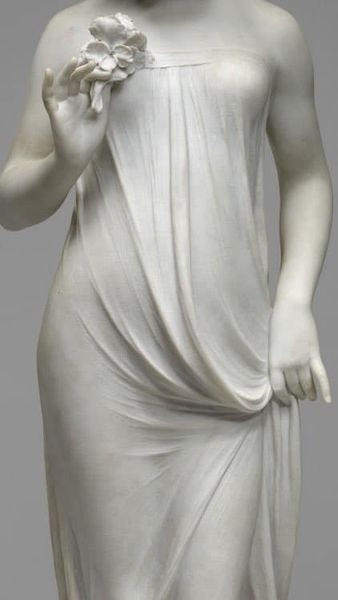Nestled in the ancient ruins of Pompeii lies the House of Menander, a residence that once belonged to a high-ranking family, offering a window into the grandeur of Roman domestic architecture and art. Within its walls, the echoes of classical literature come to life through the frescoes depicting scenes from Homer's epic poems, the Iliad and the Odyssey.
The photograph showcases a stunning mosaic floor within the house's caldarium, a testament to the artistic mastery and the affluent lifestyle of its inhabitants. The caldarium, or hot room, was an integral part of Roman bathing culture, providing a space for relaxation and socialization.

This particular mosaic, towards the south-west corner of the caldarium, features a marine theme—a common motif in Roman art, symbolizing the wealth and the connection of the empire to the Mediterranean Sea. The intricate designs capture the essence of the ocean's vast and mysterious nature, with marine creatures and mythical beings rendered in vivid detail. The semi-circular alcove and the remnants of the alcove's ceiling suggest a space designed not only for function but also for aesthetic pleasure.

Discovered beneath layers of volcanic ash, the House of Menander was preserved by the very disaster that destroyed the city in AD 79. It has since been excavated to reveal a treasure trove of paintings and mosaics, such as this one, that narrate stories of a bygone era.

The preservation of this house allows modern visitors to step back in time, to walk the same floors and admire the same art as the ancient Romans who once called this place home. The House of Menander serves as a cultural bridge, connecting contemporary onlookers to the distant past with its enduring beauty and craftsmanship.










